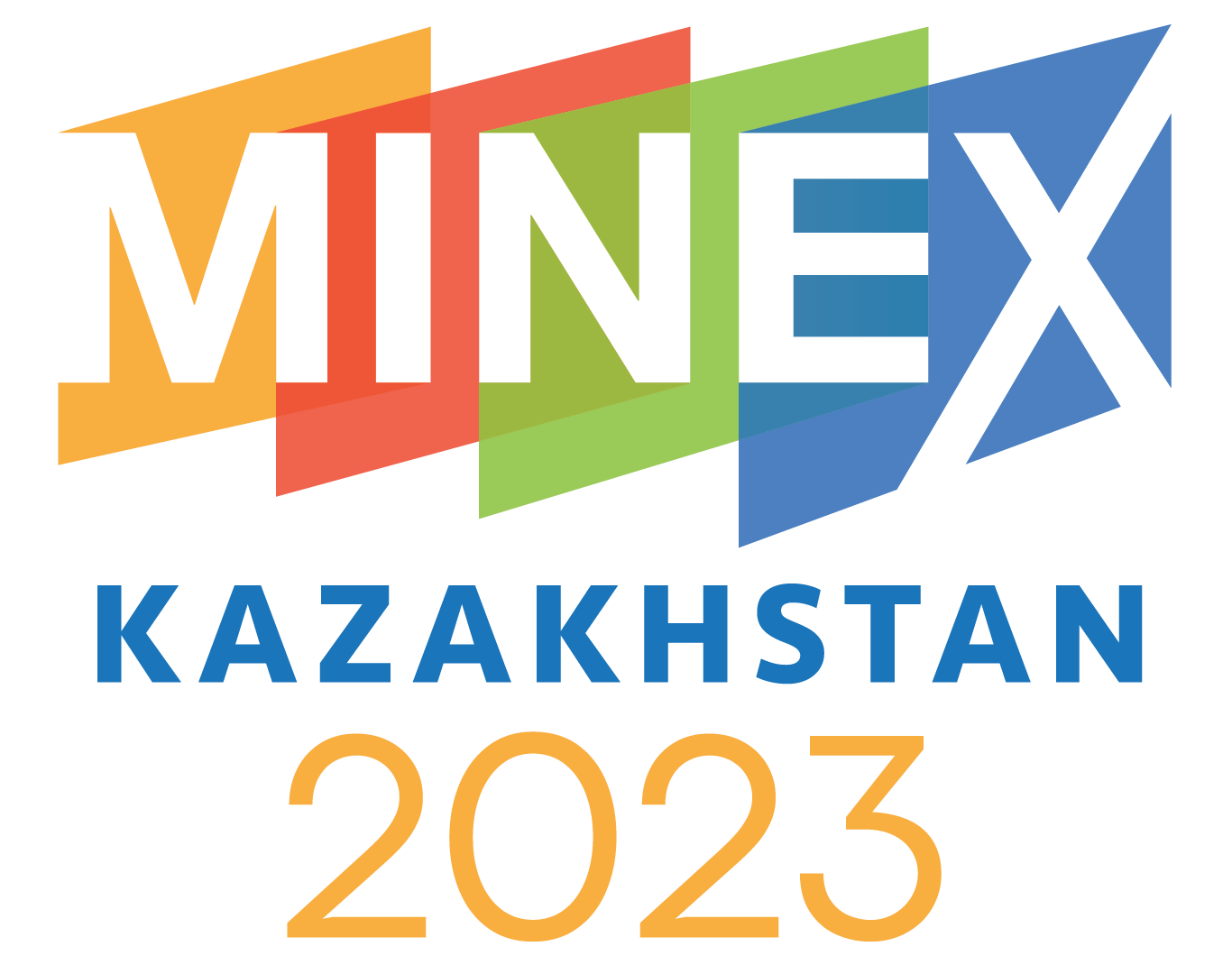
Vladislav Kaminski
Professor
Irkutsk State Technical University (ISTU)
Vladislav Kaminski, Ph.D., P.Geo is currently a professor of geophysics at Irkutsk State Technical University (ISTU), as well as a chief geophysicist at Promiseland Exploration, Ltd, a Vancouver based mineral exploration consulting company, specializing in interpretation and modelling of geophysical data, drill target selection and project supervision. The clients of Promiseland Exploration, Ltd include Aurora Group, Canada Nickel, Glencore/Kazzinc, Rio Tinto, Kazakhmys, Polymetal PLC, AGD diamonds, Azergold, East Star resources, IG Global Group and multiple junior exploration companies around the world. Vladislav has 25+ years experience both in industry and academia with past affiliations with Aarhus Geophysics, ApS (senior geophysicist), University of British Columbia (Post Doctoral Fellow), Geotech, Ltd (senior geophysicist), University of Pittsburgh (Ph.D. candidate) and Fugro Airborne Surveys/Xcalibur multiphysics (geophysicist). Vladislav has graduated from Moscow State University in 2000 with a M.Sc. degree in geophysics and from University of Pittsburgh in 2008 with a Ph.D. degree in geoscience. Vladislav has authored more than 40 abstracts and research papers internationally and took part in some nickel, diamond and base metals discoveries internationally.
Magnetization vector 3D inversions of airborne magnetic data flown over Grib kimberlite pipe
This study is describing mapping of Grib kimberlite pipe in Arhangelsk region, Russia using full magnetization vector parameters extracted from airborne magnetic data by means of 3D inversion. The inversion results were used to calculate corrected magnetic susceptibility, which is compared with the results of classical 3D magnetic susceptibility inversion. The corrected magnetic susceptibility allows to map Grib kimberlite pipe more efficiently. The full magnetization vector inversion was also supported by inversion of magnetic field on the basis of vector scanning with use of regularization via elastic net method for evaluation of Magnetic susceptibility and remanent magnetization. The final results are provided as case study and the described methodology can be further used for advanced kimberlite exploration.
